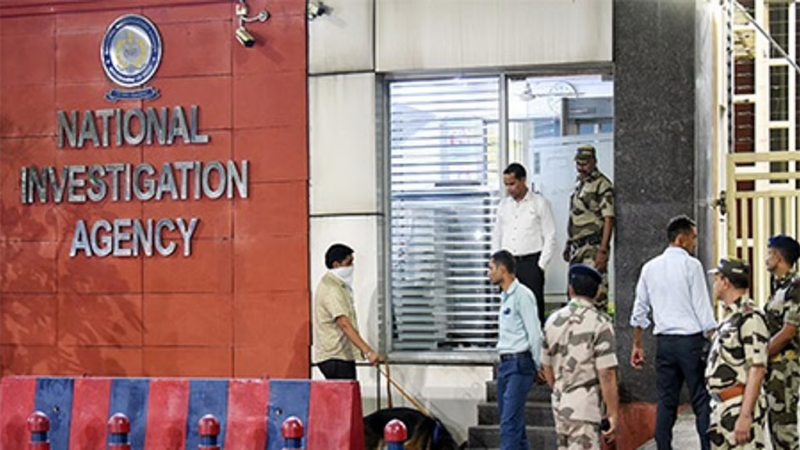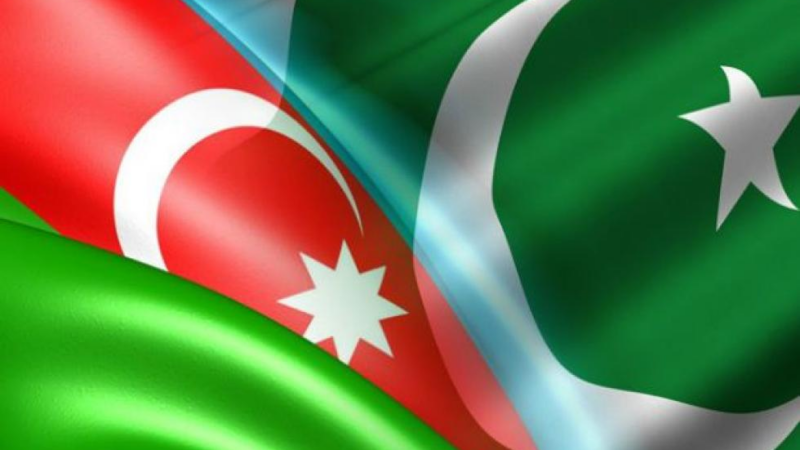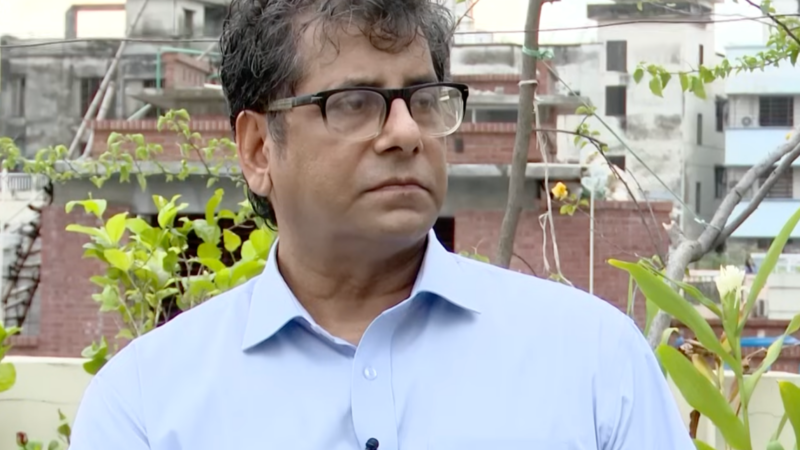In 2021, normalisation failed to mask the suffering in Syria

2021 marked a decade since the beginning of the Syrian uprising, with violence and economic hardship still rife.
The year 2021 marked a decade since Syria’s uprisings erupted, and the country is still mired in poverty and violence.
What started with a brutal crackdown on anti-government protests, later turned into a complex battlefield involving international armies, local militias, and foreign fighters.
Some 500,000 people during the past 10 years have been killed, and millions were forced to flee the country, but President Bashar al-Assad remains entrenched in power, thanks to military support from Iran and Russia.
This year marked a significant increase in efforts to restore normalisation of ties between al-Assad’s government in Damascus and countries that once called for his downfall.
But analysts say it was also a year in which normalisation efforts failed to mask the ongoing brutality of life in Syria, marked by extreme economic hardship, authoritarianism, human rights abuses, and conflict.
Many exiled Syrians remained hesitant to return to the country in 2021, while many people in Syria are still trying to flee.
Normalisation efforts
The United Arab Emirates in particular attempted to rekindle relations with al-Assad in 2021.
In October, the Emirati economy ministry said it had agreed with its Syrian counterpart to enhance trade and economic cooperation after the economy ministers of both countries met on the sidelines at Dubai Expo 2020.
The following month, the UAE’s Foreign Minister Sheikh Abdullah bin Zayed visited al-Assad in Damascus, the first Emirati official to do so since 2011, and discussed improving bilateral and commercial ties.
The moves came after the UAE concluded that al-Assad has “won the war”, according to Aron Lund, a fellow at Century International, as the Russian and Iranian-backed Syrian government forces have recaptured the vast majority of territory taken by rebels in recent years.
“[The UAE] don’t like al-Assad’s close relationship with Iran, but on the other hand, he’s also been an enemy of their own enemy, Turkey,” Lund told Al Jazeera.
Abu Dhabi’s deepening of ties with the Syrian government is part of a wider policy to widen its “outreach all across the region”, Lund said.
“They’re stepping back a little bit from conflict and confrontation, course-correcting after a really intense decade full of conflicts … to establish working relationships,” he added.
Marwan Kabalan, a Syrian writer and researcher at the Doha-based Arab Center for Research and Policy Studies, agreed. He said the UAE’s decision to resume ties came as it perceived the threat from Iran to be growing amid a weaker approach by the United States in the region.
“The UAE decided hence to adopt ‘a no enemy, no problem’ approach in its foreign policy,” Kabalan told Al Jazeera.
Meanwhile, neighbouring Jordan and Lebanon have also taken steps to re-establish ties with Syria, and have urged the US to ease sanctions on Damascus in order to bolster trade.
In late September, Jordan fully reopened the Nassib-Jaber border crossing to help boost its debt-ridden economy, further damaged by the COVID-19 pandemic.
On October 3, King Abdullah II received a call from al-Assad, their first conversation in a decade. Abdullah expressed Jordan’s support to “efforts to preserve Syria’s sovereignty, stability, territorial integrity and people”.
Lebanon, facing a crippling economic crisis of its own, has also taken steps to restore ties with Damascus for security coordination, trade, and facilitating refugee returns.
The country hosts 1.5 million Syrian refugees, of which about 90 percent live in extreme poverty, according to the United Nations. The cash-strapped country is also finalising a US-backed agreement to supply it with electricity with Egyptian natural gas through Jordan and Syria.
But Dareen Khalifa, senior Syria analyst at the International Crisis Group, told Al Jazeera there is “no profitable investment” in Damascus – politically or economically.
“Politically, Damascus has shown no willingness to budge on the reasons behind its isolation in the first place. It’s also hard to imagine that any Arab investment could counterbalance a deeply entrenched Iranian influence in Syria,” Khalifa said.
Syrian reconciliation efforts fail
Lund says normalisation efforts will not lead to any viable political reconciliation in Syria.
Ultimately, normalisation seems more like a “political government-to-government issue that won’t immediately trickle down to impact individual Syrians”, Lund said.
UN Security Council Resolution 2254, which outlined a transition to a viable political resolution in Syria, continued to flounder in 2021.
The UN-moderated rounds in January and October over constitutional reforms hit the rocks as government, opposition, and civil society representatives failed to make meaningful progress. UN special envoy for Syria, Geir Pedersen, called it a “big disappointment”.
Meanwhile, the Syrian government held presidential elections in May in which al-Assad won 95 percent vote. The polls were widely condemned by opposition groups and Western states as neither free nor fair.
And within Syria, government-reclaimed areas are struggling with reconciliation deals of their own.
A 2018 Russian-brokered de-escalation between the Syrian government and opposition forces in the southern province Deraa fell apart this year after the Syrian army besieged the city of Deraa al-Balad for more than two months, depriving about 20,000 people of sufficient food and medicine.
Armed clashes, assassinations, and violent crime occur daily to this day across the southwestern province.
‘Economic wasteland’
The economy in Syria – whether in government-held areas, opposition-controlled Idlib, or territories in the northeast controlled by the Kurdish-led Syrian Democratic Forces – is dire.
Lund calls the country an “economic wasteland” as 80 percent of Syrians live in poverty.
In northeastern Syria, an ongoing water crisis has sparked a public health and economic disaster for tens of thousands of people, amid drought and with water pumping facilities out of commission.
According to humanitarian agency Save the Children, since April 2021 there have been more than 56,000 recorded cases of acute diarrhoea in northeast Syria and more than 17,000 cases of leishmaniasis, a parasitic disease.
Meanwhile, Turkish-backed opposition forces and Kurdish-led forces continue to exchange fire between the provinces in sporadic flareups.
The Turkish financial crisis has spilled over to the northwestern Idlib province, which adopted the Turkish currency more than a year ago.
For 4.4 million living in the province, fuel, bread, and basic expenses are out of reach, as they struggle to cope with the plummeting lira and inflation. The Syrian and Russian militaries continue to pound Idlib with air raids that have killed many civilians.
Government-held parts of Syria are especially struggling with an electricity crisis due to ailing infrastructure from the conflict, and Western sanctions on the al-Assad government.
‘Safe zones only for the regime’
In 2021, many countries sought to facilitate the repatriation of Syrian refugees – despite ongoing hardship and safety fears in the country.
Over the past five years, more than 282,000 Syrian refugees in Lebanon, Jordan, Turkey, Iraq, and Egypt have returned home, according to Human Rights Watch.
Most told the New York-based rights watchdog their reason was the lack of job opportunities and access to healthcare and other services in their host countries and their interest in trying to reclaim their homes and property. Some also believed that the security situation was indeed safer.
However, Human Rights Watch, Amnesty International, and other organisations have documented a host of human rights abuses and violations returnees faced in 2021, including extrajudicial killings, torture, kidnappings, and sexual violence.
Despite this, countries like Lebanon, Turkey and Cyprus have expressed an interest in facilitating Syrian refugee returns to what they call “safe zones”. Cyprus, Greece, and Hungary reopened their embassies in the Syrian capital this year.
Denmark, meanwhile, was set to deport 90 Syrian refugees back to the war-torn country, but reversed the decision following international pressure.
Many Syrians remain hesitant to return, while many in Syria are still trying to leave the country. Syrian asylum seekers in Cyprus told Al Jazeera that they were unable to live a safe life with the economic crisis and unpredictable security situation.
Khaled*, a 26-year-old from Azaz, left for the European island via Turkey in 2020, and hopes his wife and children can join him if he gets refugee status.
“You can’t secure a decent living for your children, and you don’t know when the next round of clashes will happen,” he told Al Jazeera.
Another Syrian, 47-year-old Mahmoud*, told Al Jazeera that he left for the island by boat via Syria with his wife and four children. He lived in Lebanon during most of the conflict, and was unable to cope with the economic crisis there that has rendered over three-quarters of the population into poverty.
He does not believe that the areas where the conflict has subsided in Syria can be considered safe for return yet.
“Safe zones are safe zones for those who are with the regime,” Mahmoud* said. “But you know the Syrian intelligence agencies. It’s impossible for us to really know if we’re safe with them around.”
Jasmin Lilian Diab, director of the Institute for Migration Studies and assistant professor at the Lebanese American University, says threatening forced returns, or deploying other obstacles to safe migration like pushbacks at sea, will not curb migration.
“At best they put migrants at greater risk. It only makes them resort to more difficult means to cross a border, and also places them in more danger and in exacerbated contexts of vulnerability, particularly for women and children,” Diab said.
“They’re more likely to work with human and sex traffickers, and cross borders by very violent means.”
Syrians have increasingly opted to take more dangerous routes to find a new home in Europe in 2021. In December, many Syrians were among asylum seekers and migrants trying to enter Poland through Belarus in brutal winter conditions, with several Syrians dying.
Despite this, Karam Shaar, research director of Syrian think-tank Operations and Policy Center, expects more Syrians to try to leave the country in the coming year.
“Young people, displaced people, and those struggling economically really want to leave – I’d say it’s a combination for both security and economic reasons,” Shaar tells Al Jazeera.
He adds that while the conflict has subsided, “the nature of the violence has changed” in government-held areas often deemed as safe zones.
“Instead of being at risk of being bombed, you’re now at risk of being arbitrarily detained because of crackdowns.”
*Name changed for safety reasons.






